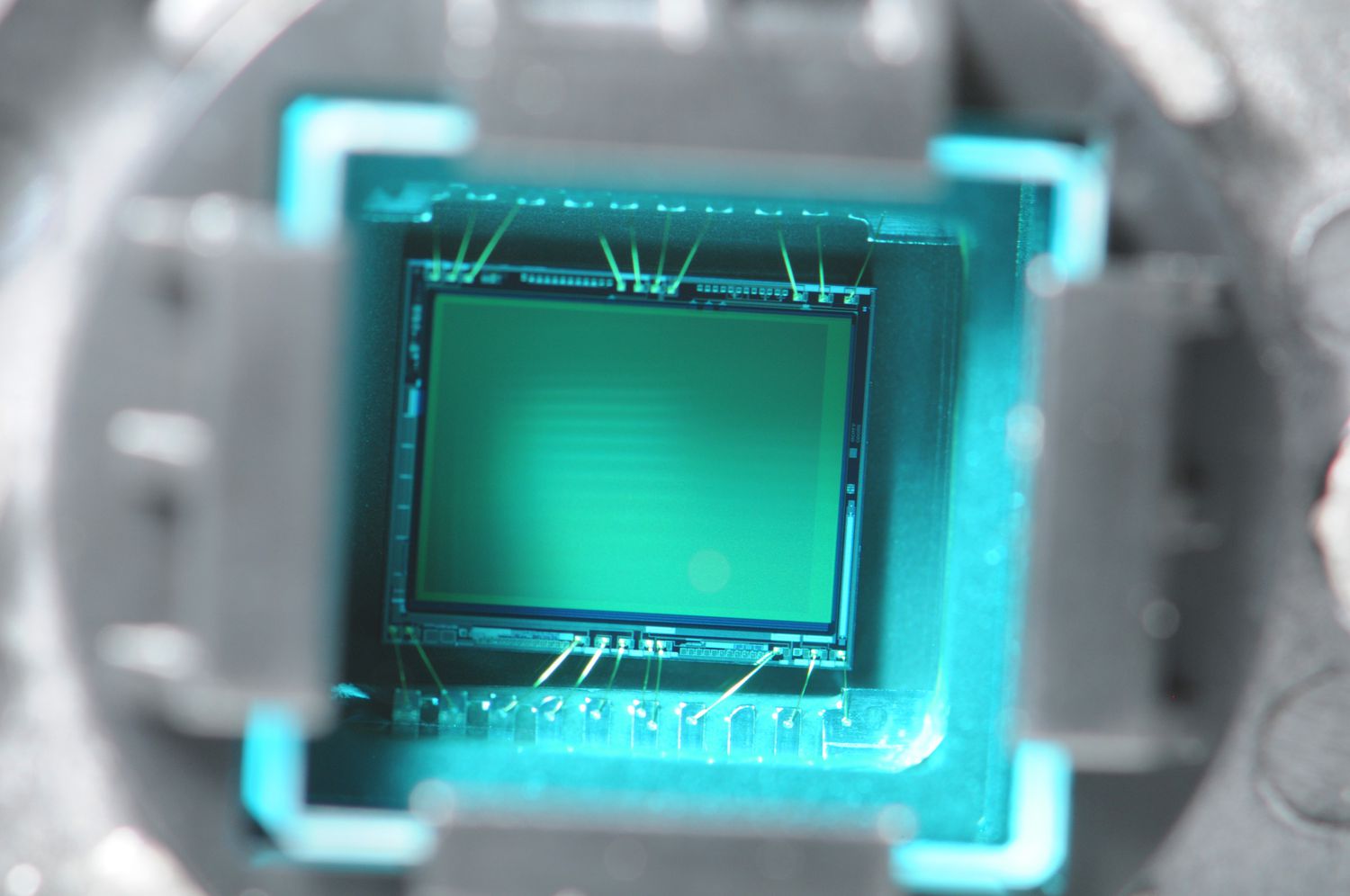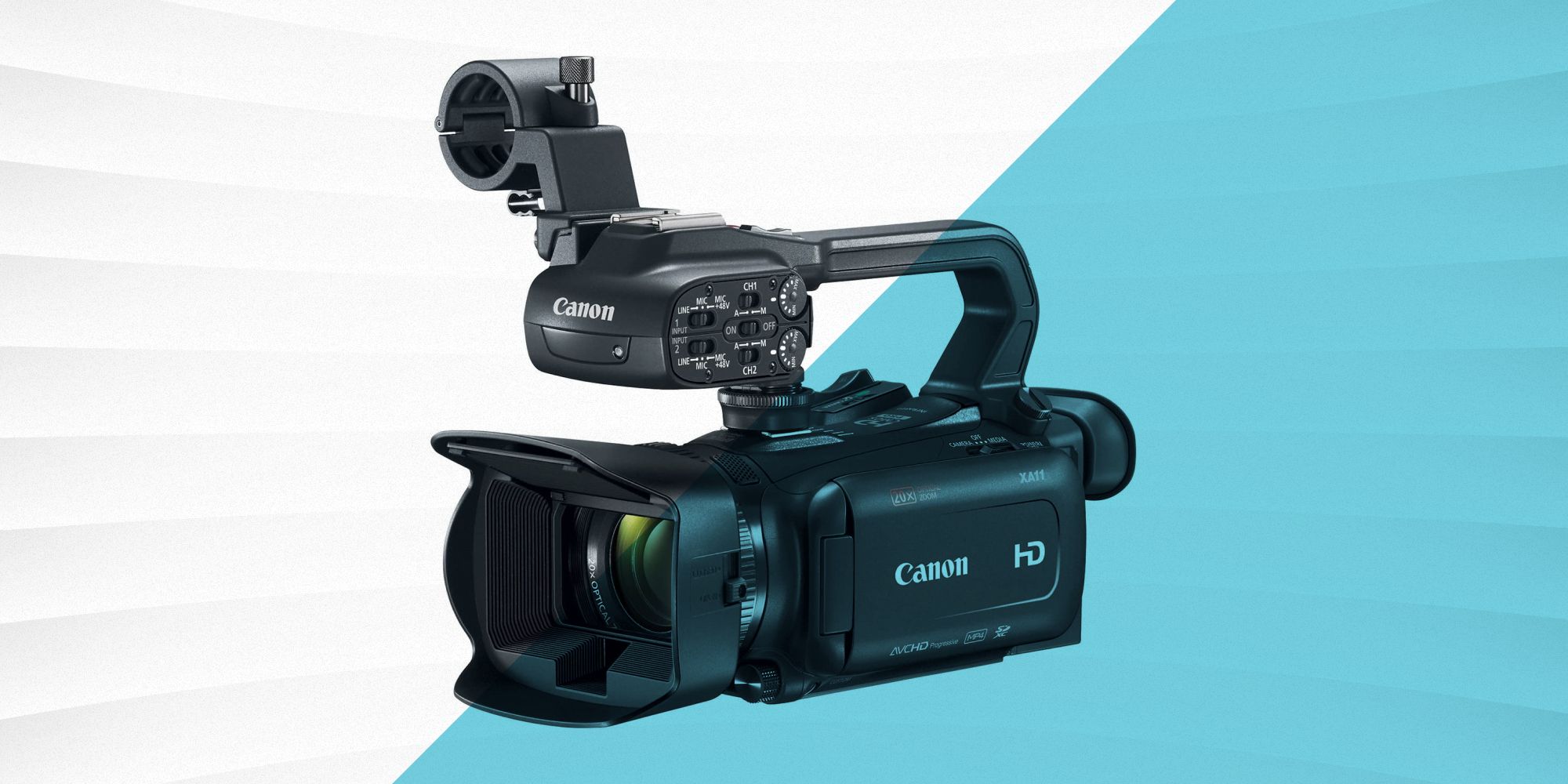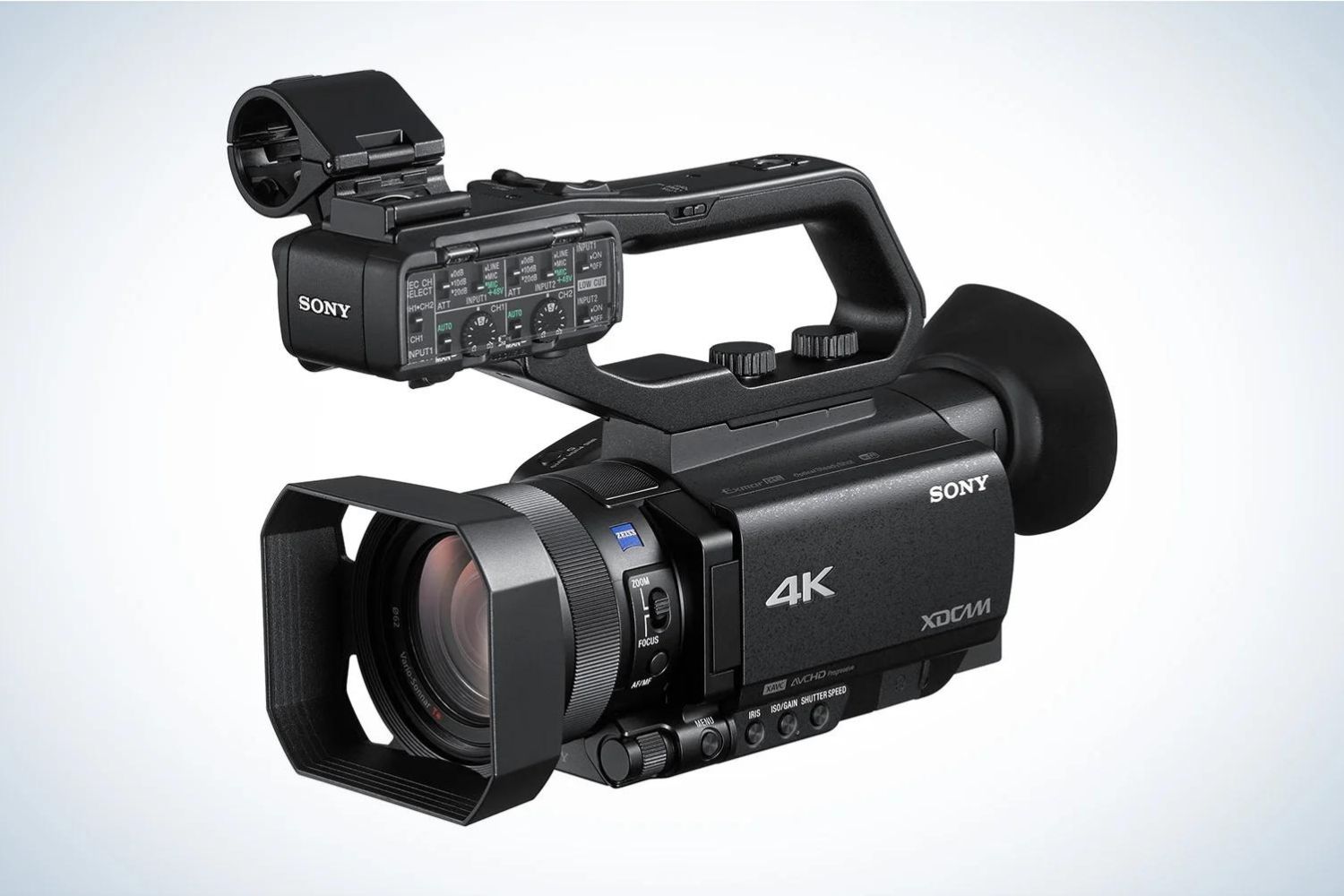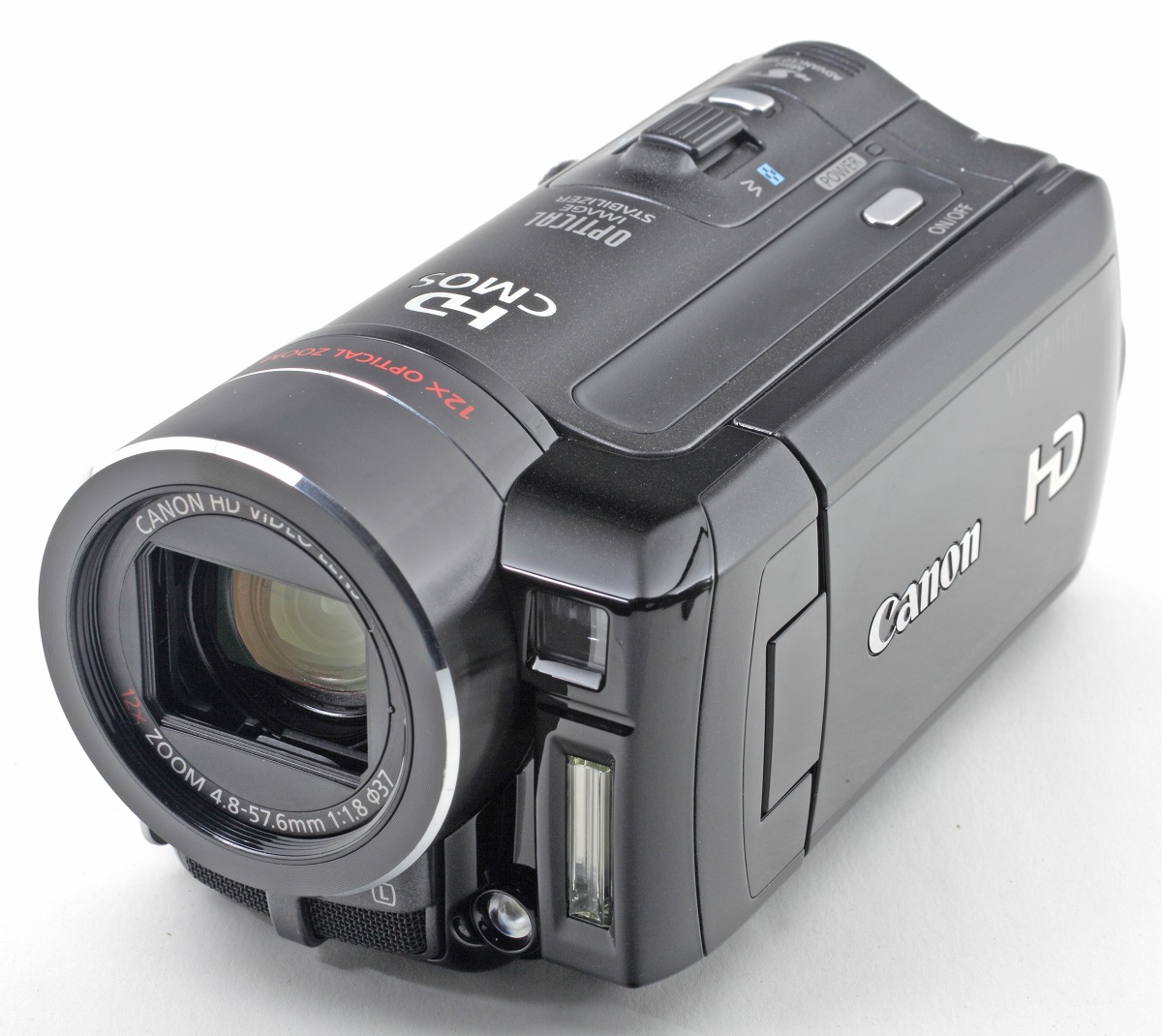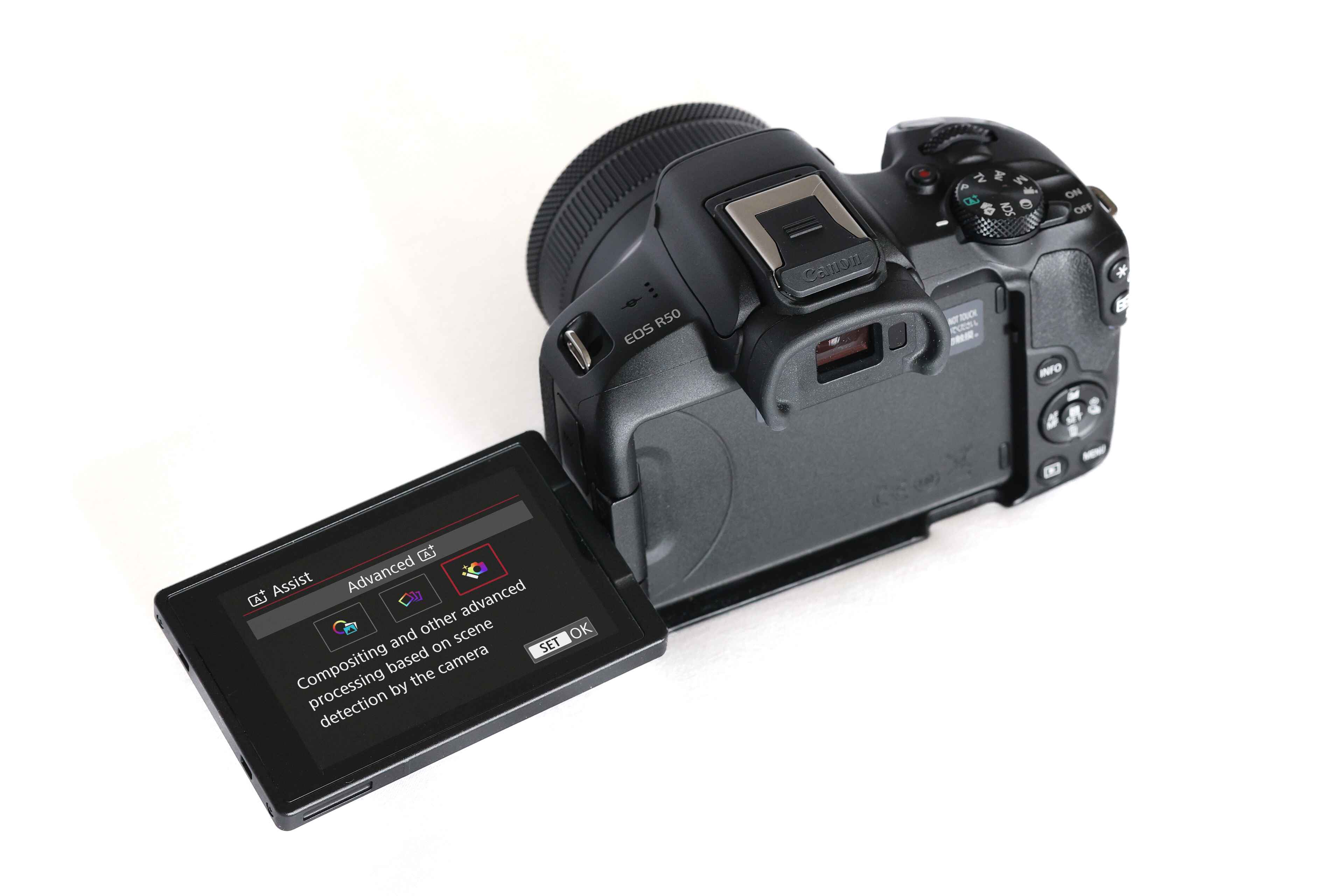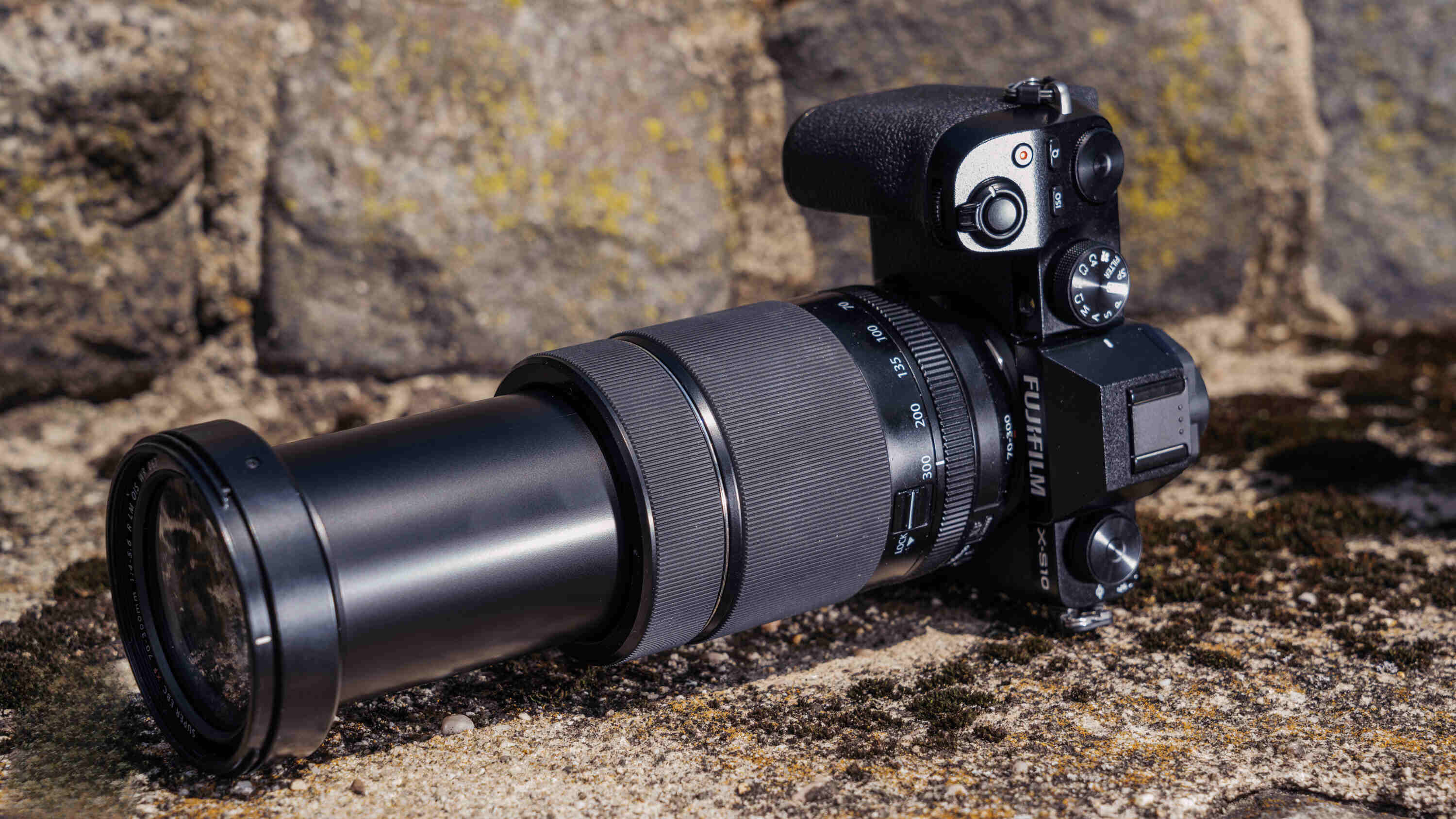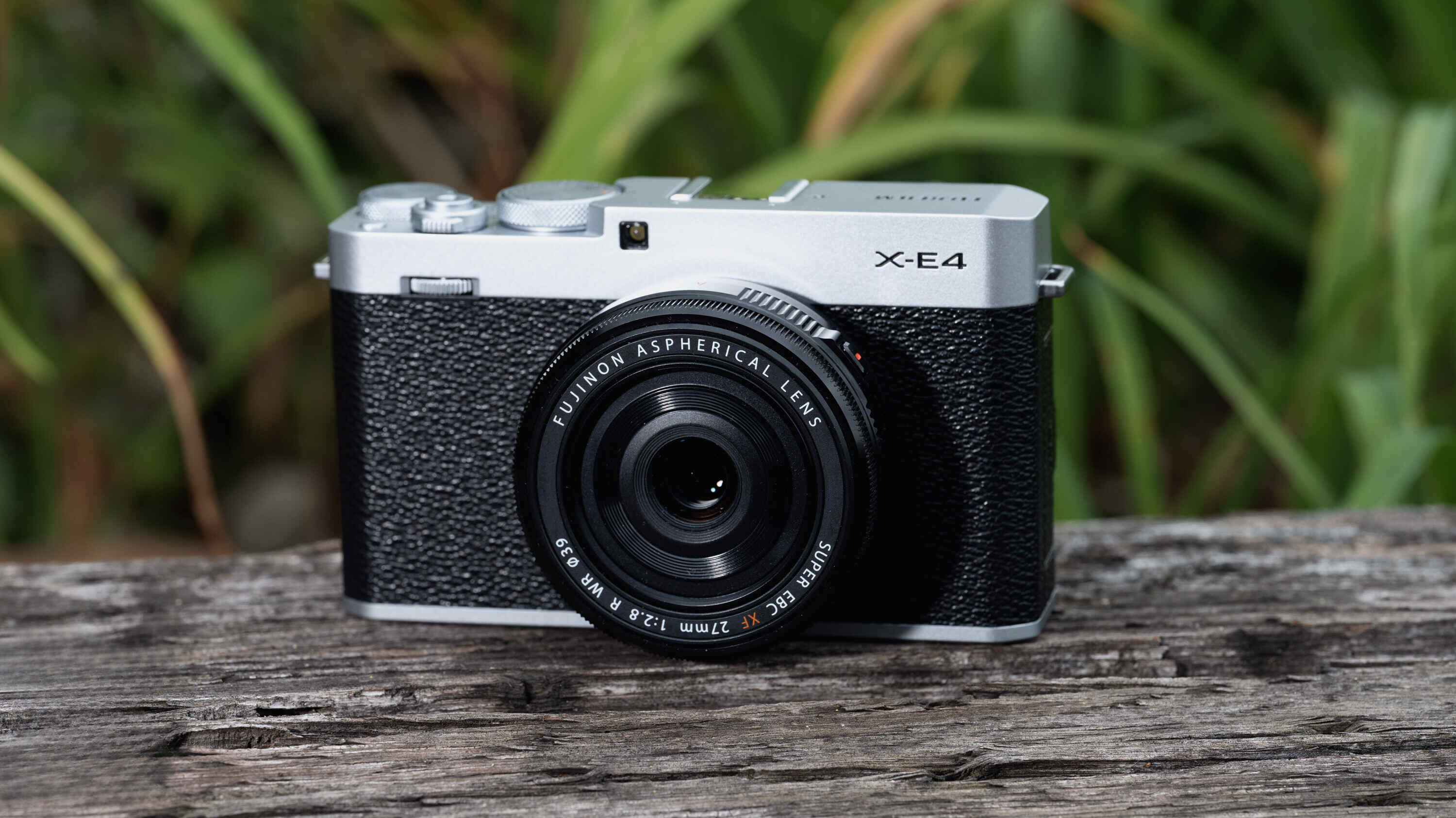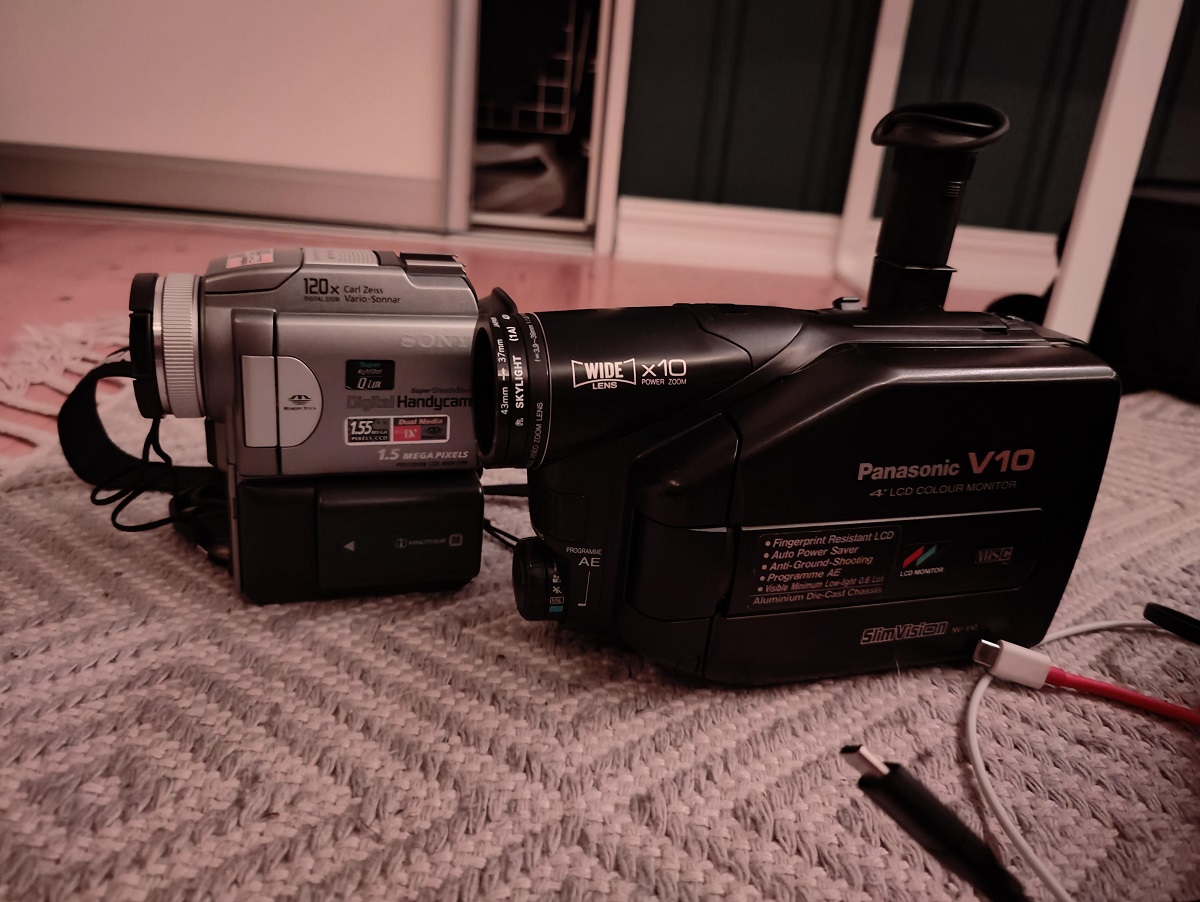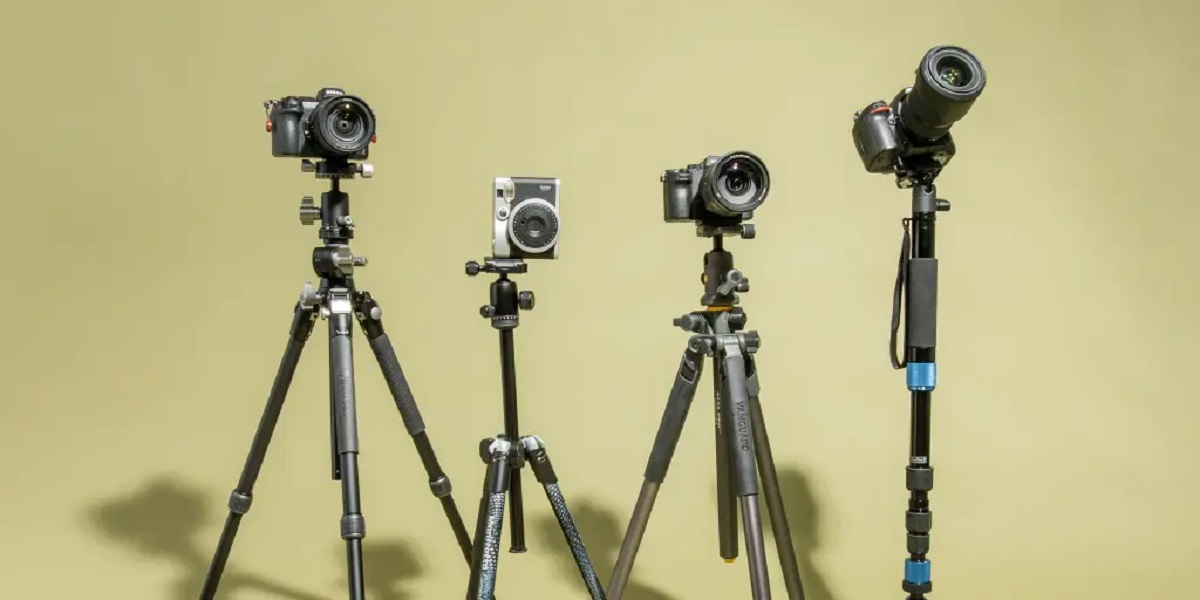Introduction
Understanding the Role of CMOS in Camcorders
The world of camcorders and digital imaging technology has witnessed significant advancements in recent years, with the integration of CMOS (Complementary Metal-Oxide-Semiconductor) sensors playing a pivotal role in enhancing the performance and functionality of these devices. CMOS technology has revolutionized the way images and videos are captured, offering a range of benefits that have reshaped the landscape of digital videography.
In this article, we will delve into the intricacies of CMOS technology and its specific application in camcorders. By understanding the role of CMOS sensors in these devices, we can gain valuable insights into their advantages and limitations, empowering consumers to make informed decisions when selecting camcorders for their personal or professional use.
The integration of CMOS technology in camcorders represents a significant leap forward in the realm of digital imaging, offering enhanced capabilities and improved performance. By exploring the nuances of CMOS sensors and their impact on camcorder functionality, we can gain a deeper appreciation for the technological innovations that continue to shape the way we capture and preserve precious moments.
Let's embark on a journey to unravel the mysteries of CMOS technology and its application in the realm of camcorders, shedding light on the advantages and disadvantages that accompany this groundbreaking innovation. Join us as we explore the fascinating intersection of digital imaging and CMOS technology, uncovering the intricate mechanisms that underpin the modern camcorder experience.
What is CMOS?
CMOS, short for Complementary Metal-Oxide-Semiconductor, refers to a type of image sensor technology that plays a fundamental role in capturing digital images and videos. This semiconductor technology is widely utilized in various electronic devices, including digital cameras, smartphones, and, notably, camcorders. Unlike its counterpart, the CCD (Charge-Coupled Device) sensor, CMOS sensors offer distinct advantages in terms of power consumption, speed, and manufacturing cost.
At its core, a CMOS sensor comprises an array of pixel sensors, each capable of converting light into an electrical charge. This charge is then processed and converted into digital signals, ultimately resulting in the creation of digital images or videos. The unique architecture of CMOS sensors allows for the integration of additional circuitry on the same chip, enabling advanced functionalities such as on-sensor processing and the implementation of diverse imaging features.
One of the defining characteristics of CMOS technology is its low power consumption, making it particularly well-suited for portable devices such as camcorders. This efficiency is attributed to the fact that only active pixels consume power, allowing for prolonged battery life and reduced heat generation during prolonged usage. Additionally, CMOS sensors are inherently faster than CCD sensors, facilitating rapid image capture and continuous shooting capabilities.
Furthermore, the manufacturing process of CMOS sensors is more cost-effective compared to CCD sensors, contributing to their widespread adoption in consumer electronics. This economic advantage has played a significant role in driving the integration of CMOS technology into a diverse range of imaging devices, including the modern camcorder.
As we continue to explore the role of CMOS in camcorders, it is essential to grasp the underlying principles of CMOS sensor technology and its impact on the functionality and performance of these devices. By understanding the intricacies of CMOS sensors, we can gain a deeper appreciation for the technological advancements that have reshaped the landscape of digital videography.
CMOS in Camcorders
The integration of CMOS technology in camcorders has ushered in a new era of digital videography, offering enhanced performance and versatility in capturing high-quality videos. Camcorders equipped with CMOS sensors have become increasingly prevalent in the market, catering to the diverse needs of consumers ranging from amateur videographers to professional filmmakers.
CMOS sensors play a pivotal role in determining the imaging capabilities of camcorders, influencing factors such as low-light performance, dynamic range, and overall image quality. The unique characteristics of CMOS technology, including its low power consumption and rapid image capture capabilities, have positioned it as a preferred choice for camcorder manufacturers seeking to deliver superior video recording experiences.
One of the key advantages of CMOS sensors in camcorders is their ability to facilitate high-definition video recording, enabling users to capture stunning visuals with remarkable clarity and detail. The integration of advanced signal processing and on-sensor functionalities further enhances the overall video quality, allowing for seamless recording in various lighting conditions and shooting scenarios.
Moreover, CMOS sensors empower camcorders to deliver impressive performance in challenging environments, such as low-light settings or high-contrast scenes. The inherent sensitivity of CMOS technology, coupled with advancements in noise reduction and image processing algorithms, equips camcorders with the capability to produce compelling videos with minimal distortion and superior color reproduction.
Furthermore, the utilization of CMOS sensors in camcorders enables the implementation of innovative features such as high-speed video recording, slow-motion capture, and enhanced image stabilization. These functionalities expand the creative possibilities for videographers, allowing them to explore new techniques and elevate the visual impact of their productions.
As we delve deeper into the realm of camcorders, the integration of CMOS technology emerges as a driving force behind the evolution of video recording capabilities. By harnessing the strengths of CMOS sensors, camcorders have transcended traditional boundaries, empowering users to unleash their creativity and capture compelling videos that resonate with audiences across the globe.
Advantages of CMOS in Camcorders
The incorporation of CMOS sensors in camcorders offers a myriad of advantages that significantly elevate the video recording experience, catering to the diverse needs of videographers and content creators. These advantages underscore the pivotal role of CMOS technology in reshaping the capabilities and performance of modern camcorders, empowering users to capture stunning visuals with unparalleled flexibility and efficiency.
- Low Power Consumption: CMOS sensors are renowned for their low power consumption, enabling camcorders to achieve prolonged battery life and extended recording sessions. This efficiency is particularly valuable for users engaged in outdoor or on-the-go videography, ensuring uninterrupted filming without the burden of frequent battery changes.
- Rapid Image Capture: The inherent speed of CMOS sensors allows camcorders to capture images and videos with remarkable swiftness, facilitating seamless recording of fast-paced scenes and spontaneous moments. This capability is essential for capturing fleeting instances and dynamic subjects with precision and clarity.
- Enhanced Low-Light Performance: CMOS sensors excel in low-light conditions, delivering superior sensitivity and noise reduction capabilities that enhance the quality of videos captured in challenging lighting environments. This advantage empowers videographers to maintain exceptional image quality even in dimly lit settings, expanding the creative possibilities for diverse shooting scenarios.
- High-Definition Video Recording: The integration of CMOS sensors enables camcorders to achieve high-definition video recording, capturing visuals with exceptional detail and clarity. This capability is instrumental in producing professional-quality videos that resonate with audiences, elevating the overall impact of the recorded content.
- On-Sensor Functionality: CMOS sensors facilitate the integration of advanced on-sensor functionalities, enabling camcorders to implement innovative features such as high-speed video recording, slow-motion capture, and real-time image processing. These capabilities empower videographers to explore creative techniques and expand the expressive potential of their video productions.
By harnessing the advantages of CMOS technology, camcorders equipped with CMOS sensors empower users to capture compelling videos with unparalleled precision, adaptability, and visual excellence. These advantages underscore the transformative impact of CMOS technology on the evolution of camcorders, shaping the way videographers bring their creative visions to life.
Disadvantages of CMOS in Camcorders
While CMOS technology offers a multitude of advantages in camcorders, it is essential to acknowledge the potential drawbacks associated with its integration, providing a comprehensive understanding of the technology’s limitations. By recognizing these disadvantages, users can make informed decisions when selecting camcorders and effectively mitigate any challenges that may arise during the video recording process.
- Rolling Shutter Effect: CMOS sensors are susceptible to the rolling shutter effect, which can manifest as image distortion or skewing during the capture of fast-moving subjects or rapid panning movements. This phenomenon may impact the overall visual quality of the recorded videos, necessitating careful consideration during dynamic shooting scenarios.
- Increased Noise Levels: In certain situations, CMOS sensors may exhibit higher levels of noise compared to CCD sensors, particularly in low-light environments or when capturing long exposure shots. While advancements in noise reduction technology have mitigated this issue to a significant extent, users should remain mindful of potential noise artifacts in specific shooting conditions.
- Smear Effect: CMOS sensors can be susceptible to the smear effect, which may occur when capturing bright light sources or high-contrast scenes. This phenomenon can lead to streaking or blooming around intense light sources, potentially impacting the visual integrity of the recorded videos under challenging lighting conditions.
- Complex Manufacturing Process: The intricate manufacturing process of CMOS sensors, which involves the integration of additional circuitry on the same chip, can result in a higher likelihood of manufacturing defects or imperfections. While modern production techniques have significantly minimized this concern, it remains a consideration in the context of camcorder manufacturing and quality assurance.
- Dynamic Range Limitations: CMOS sensors may exhibit limitations in dynamic range compared to CCD sensors, impacting their ability to capture a wide spectrum of light intensities within a single frame. While advancements in sensor design and image processing have addressed this limitation to a considerable extent, users should remain cognizant of potential dynamic range constraints in specific shooting scenarios.
By acknowledging the disadvantages of CMOS technology in camcorders, users can approach their videography endeavors with a comprehensive understanding of the technology’s intricacies. While these limitations warrant consideration, the remarkable advancements in CMOS sensor design and image processing have significantly mitigated these challenges, ensuring that camcorders equipped with CMOS sensors continue to deliver exceptional performance and visual fidelity across a diverse range of shooting scenarios.
Exploring the Impact of CMOS Technology in Camcorders
As we conclude our exploration of CMOS technology and its integration in camcorders, we are presented with a profound understanding of the transformative influence that CMOS sensors exert on the realm of digital videography. The intricate balance of advantages and limitations inherent in CMOS technology underscores its pivotal role in shaping the capabilities and performance of modern camcorders, offering users a diverse array of features and functionalities that cater to their creative aspirations.
From the remarkable advantages of low power consumption, rapid image capture, and enhanced low-light performance to the nuanced considerations of the rolling shutter effect, increased noise levels, and dynamic range limitations, the journey through the landscape of CMOS technology in camcorders unveils a tapestry of innovation and complexity. Through this exploration, users gain invaluable insights that empower them to navigate the dynamic terrain of video recording with confidence and discernment.
It is evident that the integration of CMOS sensors has redefined the parameters of video recording, enabling users to capture compelling visuals with unprecedented precision and adaptability. The advancements in on-sensor functionality, high-definition video recording, and innovative imaging features underscore the boundless potential that CMOS technology unlocks within the realm of camcorders, enriching the creative pursuits of videographers and content creators.
As technology continues to evolve and push the boundaries of possibility, the role of CMOS sensors in camcorders stands as a testament to the enduring pursuit of excellence in digital imaging. The fusion of artistry and technology within the realm of video recording finds its expression in the seamless synergy between CMOS sensors and the creative visions of videographers, culminating in captivating narratives and visually stunning productions that resonate with audiences worldwide.
Ultimately, the exploration of CMOS technology in camcorders unveils a narrative of innovation, ingenuity, and the relentless pursuit of visual excellence. As users embark on their videography endeavors, armed with a deeper understanding of CMOS technology, they are poised to unleash their creativity and capture moments that transcend the ordinary, weaving captivating stories through the lens of a camcorder equipped with the transformative power of CMOS sensors.







